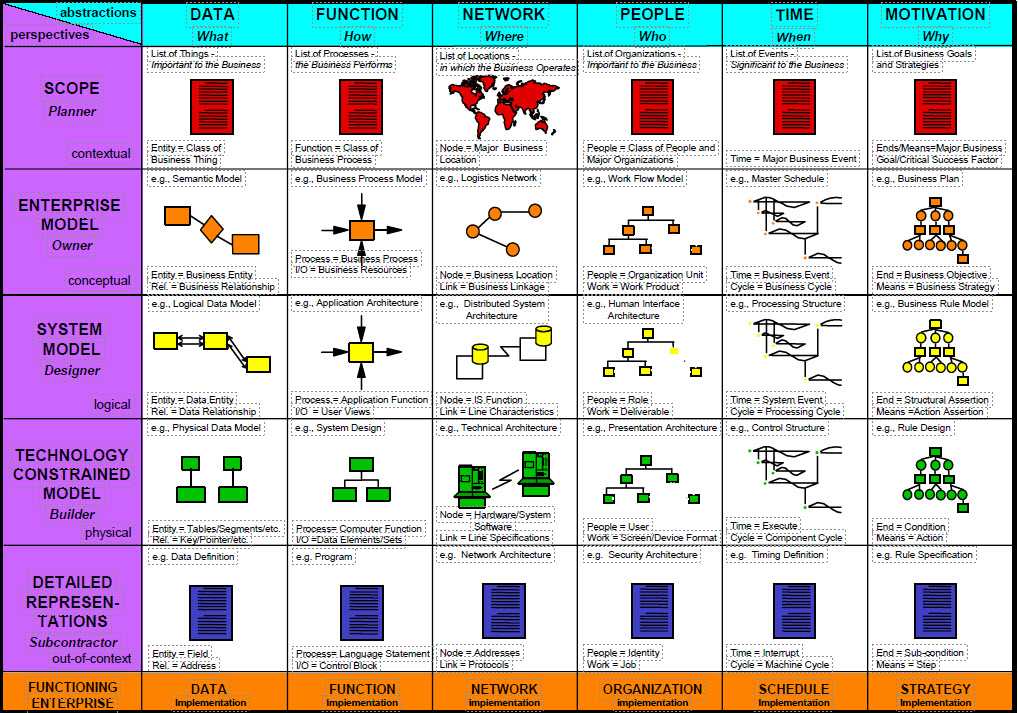Who uses an Enterprise Architecture?
Where to begin?
The most important part of starting an enterprise architecture is establishing the right sponsorship to insure its successful development and deployment. All potential users (see an example of personas to the right) of the applications and systems derived from the architecture must be involved in the process. Without both management sponsorship and near-universal involvement, enterprise architecture projects usually fail.
Here is a short checklist of what you need to look for:
- Every enterprise has an architecture, however, it is usually undocumented and the
elements are inconsistent. - Most likely some of the architectural elements are in strategic and performance plans.
- Look at published and unpublished policies and procedures, and system documentation.
- There are also a lot of enterprise architecture elements, particularly business rules, that are embedded in software application code.
- Still, more exist only as employee "tribal knowledge.

